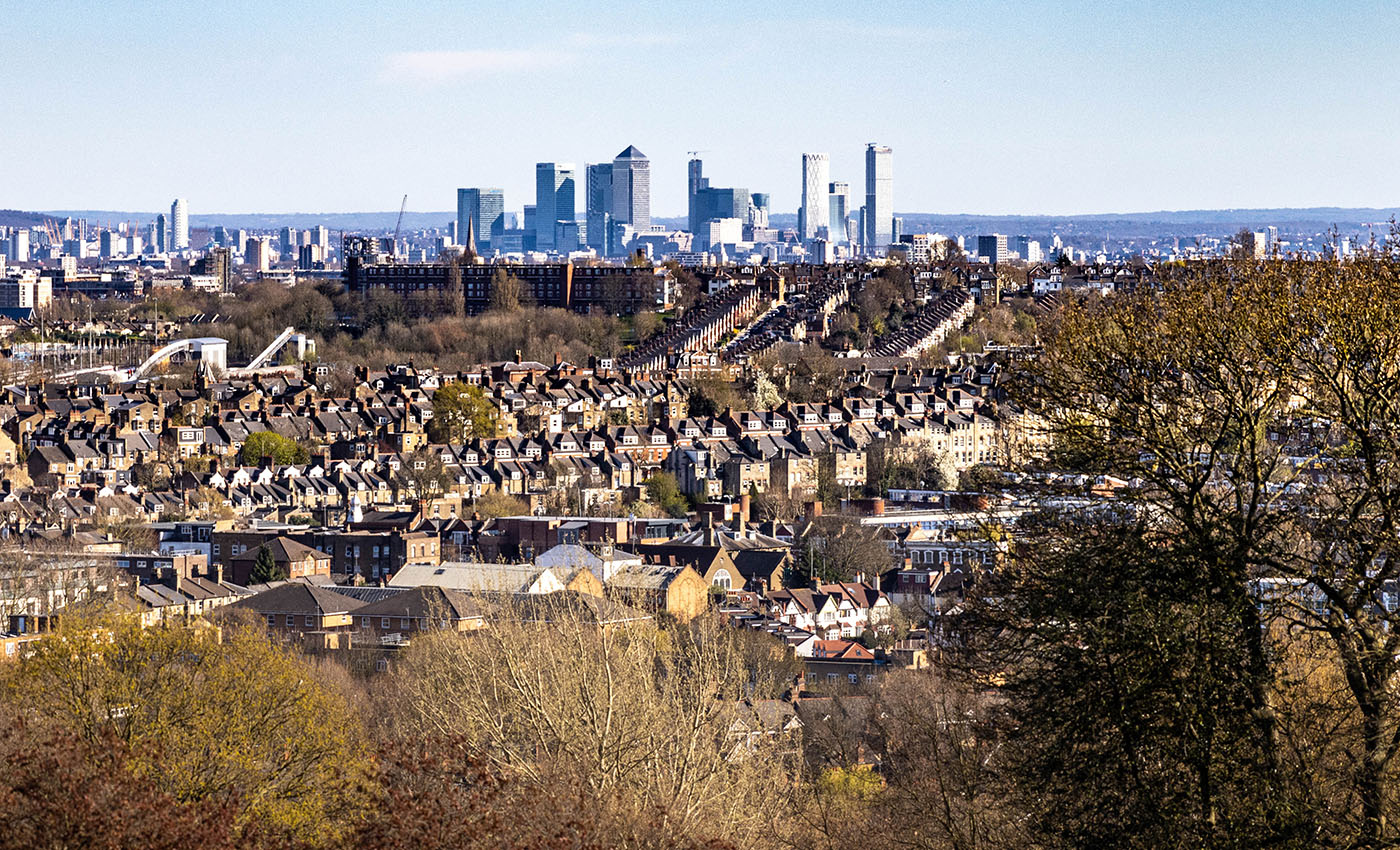3.1 Dialling down the sun
Many climate model studies predict that Solar Radiation Management (SRM) would decrease global precipitation and produce major droughts (Hegerl and Solomon, 2009). It may, for example, weaken the Asian and African summer monsoons, which could risk the food and water security of billions of people (Robock et al., 2008). Physical risks of this scale and importance would likely have large social implications.
An indirect risk of SRM is the rapid speed with which it acts.
-
What is the disadvantage of this speed?
-
If the SRM method were withdrawn after a period of use, there could be rapid and substantial warming that is more damaging than if SRM had never been used in the first place.
In other words, there is a physical risk from a future switch-off of SRM geoengineering, particularly if:
- we have adapted our infrastructure and agriculture to the new (e.g. drier) climate
- greenhouse gas forcing has steadily increased, and SRM has been steadily ramped up to compensate it, so stopping SRM gives a larger climate change than has been seen before
- the switch-off is instant, producing rapid climate change.
What are the specific risks of particular methods of SRM and CDR?
